Introduction
Ventolin Inhaler is a widely recognized medication used primarily for the management and prevention of bronchospasm in conditions such as asthma and chronic obstructive pulmonary disease (COPD). It contains the active ingredient albuterol, a bronchodilator that helps to relax the muscles of the airways, making it easier to breathe. Manufactured by GlaxoSmithKline (GSK), Ventolin Inhaler is a crucial component in the respiratory management arsenal for patients with respiratory conditions.
Active Ingredient
The primary active ingredient in Ventolin Inhaler is albuterol, a beta-2 adrenergic agonist. Albuterol works by stimulating beta-2 receptors in the smooth muscle of the airways, leading to muscle relaxation and dilation of the bronchial passages. This mechanism helps to alleviate symptoms such as wheezing, shortness of breath, and chest tightness that are commonly associated with asthma and COPD.
Dosage and Administration
The Ventolin Inhaler comes in a formulation of 200 x 100 mcg, which means each inhaler delivers 100 micrograms of albuterol per actuation. The recommended dosage may vary based on the severity of the condition and the patient’s response to the medication. Generally, it is advised to use the inhaler as prescribed by a healthcare professional, typically 2 puffs every 4 to 6 hours as needed for symptom relief.
To use the inhaler, follow these steps:
- Shake the Inhaler: Before each use, shake the inhaler well to ensure proper mixing of the medication.
- Prime the Inhaler: If the inhaler is new or has not been used for a while, prime it by releasing a few sprays into the air to ensure it is working correctly.
- Inhale Properly: Hold the inhaler with your thumb at the base and your index and middle fingers on the top. Breathe out fully before placing the mouthpiece in your mouth.
- Activate the Inhaler: Press down on the inhaler while inhaling deeply and slowly. Continue to inhale for a few seconds and then hold your breath for about 10 seconds.
- Repeat if Necessary: If more than one puff is needed, wait about 30 seconds before taking the next puff. Rinse your mouth with water after use to reduce the risk of oral thrush.
Indications
Ventolin Inhaler is indicated for:
- Asthma: To prevent and relieve bronchospasm in patients with asthma, including exercise-induced bronchoconstriction.
- Chronic Obstructive Pulmonary Disease (COPD): To alleviate bronchospasm associated with COPD and improve overall lung function.
Contraindications
Ventolin Inhaler should not be used in patients who:
- Have a known hypersensitivity to albuterol or any other components of the inhaler.
- Are experiencing severe hypersensitivity reactions to beta-2 agonists.
Warnings and Precautions
- Cardiovascular Issues: Use with caution in patients with cardiovascular disorders, such as hypertension, coronary artery disease, or arrhythmias, as albuterol can potentially exacerbate these conditions.
- Diabetes: Patients with diabetes should monitor their blood glucose levels regularly, as albuterol may cause hyperglycemia.
- Pregnancy and Lactation: Consult a healthcare provider before using Ventolin Inhaler during pregnancy or breastfeeding. It should be used only if the potential benefits justify the risks.
Side Effects
Common side effects of Ventolin Inhaler include:
- Tremors: Slight shaking of the hands or fingers.
- Palpitations: A feeling of rapid or irregular heartbeat.
- Headache: Mild to moderate headaches may occur.
- Nausea: Some patients might experience gastrointestinal discomfort.
Serious side effects, though rare, may include:
- Severe Allergic Reactions: Symptoms like rash, itching, swelling, or difficulty breathing.
- Chest Pain: Unexplained chest pain or tightness.
- Severe Dizziness: Persistent dizziness or lightheadedness.
Seek medical attention if any severe side effects occur.
Drug Interactions
Ventolin Inhaler may interact with other medications, including:
- Beta-blockers: May reduce the effectiveness of albuterol.
- Diuretics: Increased risk of hypokalemia (low potassium levels).
- MAO Inhibitors: May enhance the effects of albuterol.
Inform your healthcare provider of all medications you are currently taking, including over-the-counter drugs and supplements, to avoid potential interactions.
Storage
- Temperature: Store the inhaler at room temperature, between 15°C to 30°C (59°F to 86°F).
- Protection: Keep the inhaler away from direct sunlight and extreme temperatures.
- Out of Reach: Keep out of reach of children to avoid accidental use.
Packaging
The Ventolin Inhaler is typically packaged in an aerosol canister with a metered-dose inhaler (MDI) delivery system. Each inhaler contains 200 actuations, providing up to 200 doses of 100 mcg of albuterol per actuation.
Conclusion
Ventolin Inhaler, manufactured by GlaxoSmithKline (GSK), is a vital tool in managing asthma and COPD symptoms. Its active ingredient, albuterol, effectively relieves bronchospasm and helps maintain open airways for easier breathing. With proper usage, dosage, and monitoring, it provides significant relief to individuals with respiratory conditions. Always consult a healthcare provider for personalized advice and to ensure it is the right treatment for your condition.
For any concerns or questions regarding the use of Ventolin Inhaler, please consult with your healthcare professional.

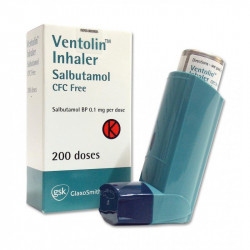
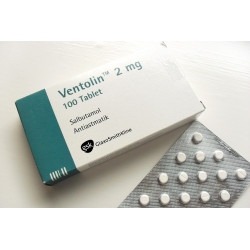
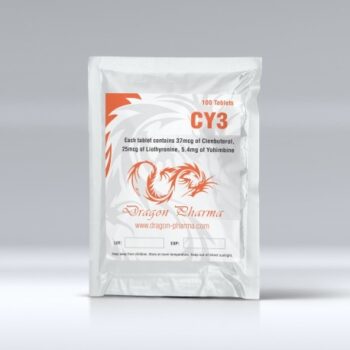
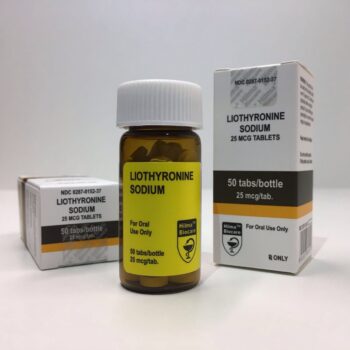
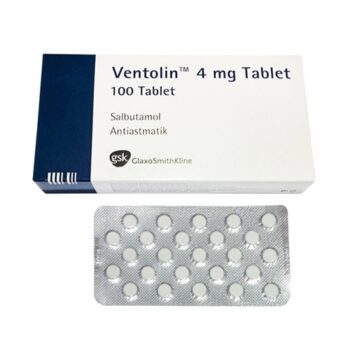
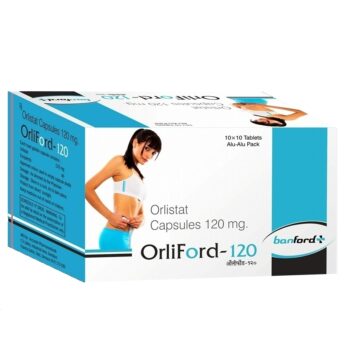
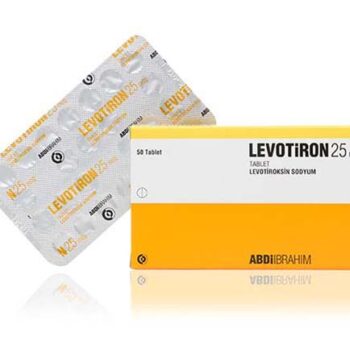
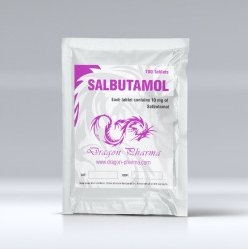


Reviews
There are no reviews yet.